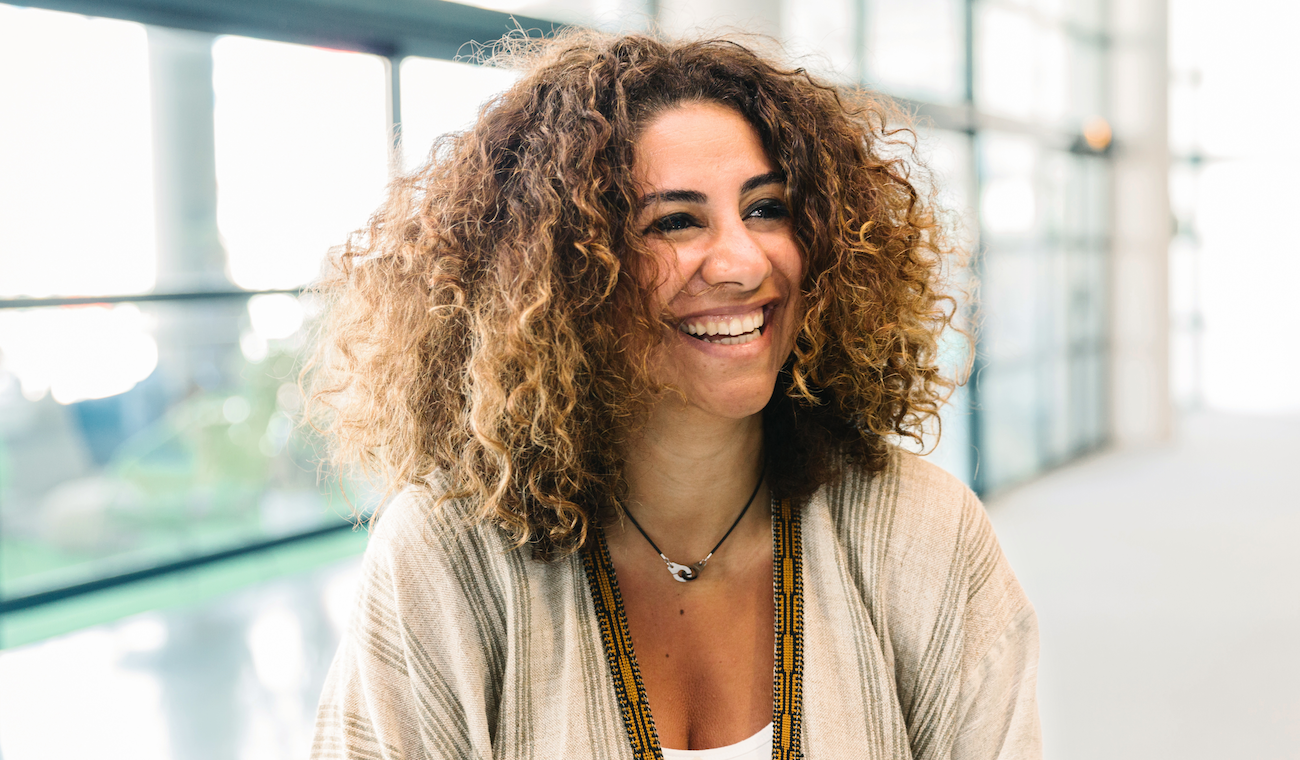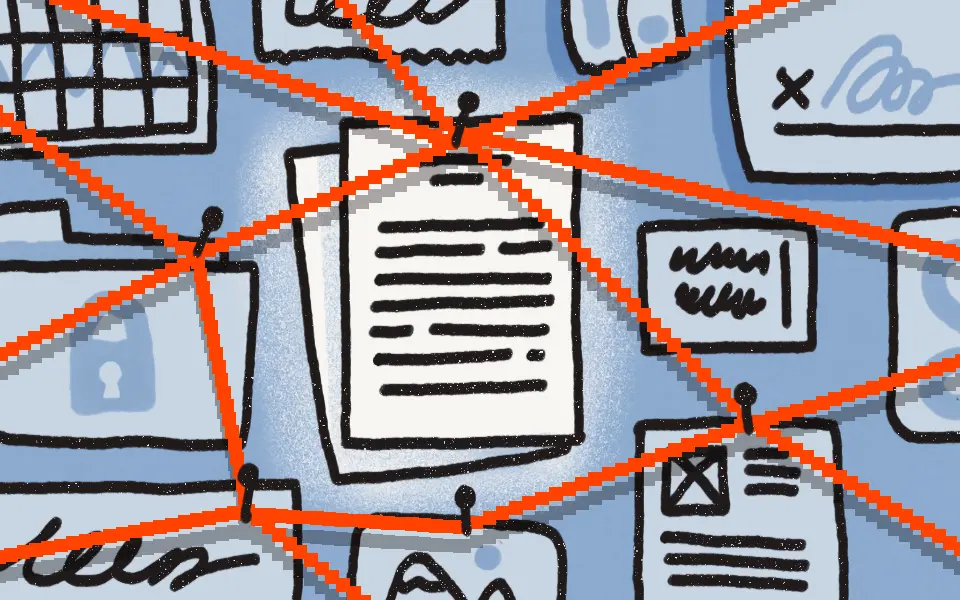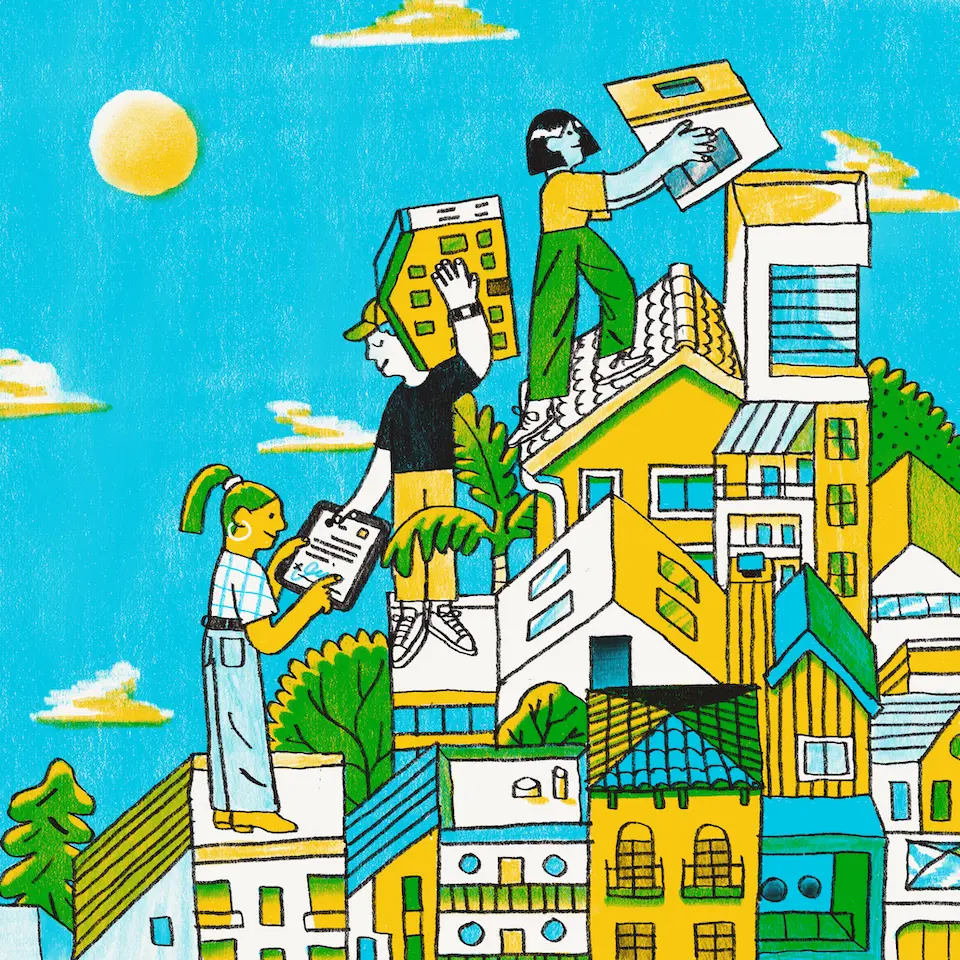
Q&A with Weera Saad, creative chameleon, team builder, mindful thinker
Published on June 27, 2017
The Cannes Lions International Festival of Creativity is a magnet for the world’s most inspiring people—professionals who took big creative risks to rise to the top of their fields. We were honored to chat with several of these individuals during a packed week at Cannes Lions. Join us as we learn what inspires them, who they work with, and how they create.
Shahwir (Weera) Saad is a creative chameleon. With 22 years in the industry, Weera has run the gamut of brand-building roles, from creative production to business planning. Now the Regional Head of the Creative Shop at Facebook, Weera works with partners to bring their creative ideas to life. We chatted to Weera about the rich tapestry of creativity that surrounds us all, and why you should dig deeper to the idea behind the idea.
When do you feel you're most creative?
I think it's really hard to define creativity and put it in a box. [Sometimes] you connect a few dots and you have an "aha" moment in the wee hours of the night, completely out of context of what you're actually doing and working on. That's creative. You find a solution to a problem, that's creative. You trigger inspiration in people in the room, and that's creative. You know creativity is all around and all throughout, and it's a blessing when you actually work in a world that allows you to stop at those moments and define them as creative. But other than that, I don't believe it's actually a silo, and I don't believe it's actually bestowed on a special bunch of people.
I believe an idea is in a box. And it only comes out of the box to be free when more people come into it and add to it.
How do you think about teams coming together around a creative idea?
That's my favorite thing in the whole world. I believe in a world where people collaborate and co-create. I believe an idea is in a box. And it only comes out of the box to be free when more people come into it and add to it. That's what makes it richer when, at some point throughout the process you're like, "I'm not sure how I came up with this...this wasn't how I started off.” You can look at it in two ways, you can sulk and say, "But that's my idea and it changed," or you can actually look at the idea and say, "It's actually much bigger now." I went from a mouse to a giraffe. And a giraffe might actually work better than a mouse because it's more in your face. Or maybe you go from a giraffe to a mouse and a mouse works better because it can stick into the small areas.
You know when you ask yourself why am I doing this? What am I gonna reach at the end of the tunnel? What is the beacon? What is the lighthouse? That works for me better than the idea itself because then you get to learn.
As long as you have a very clear purpose, a very clear understanding of what you're trying to achieve, and a very clear grasp of the business world, of what your brand is about, or what your idea [is]: it’s the story behind the idea rather than the idea itself. Then you can bring 20 people into it. You can have 20 people in the room with some solid foundation, you can navigate the story, and [then] it can actually be much bigger than where it started off. I come from that school [of thinking] and I love collaboration. I love teamwork.
What does it take to bring big, bright ideas to life?
You know when you ask yourself why am I doing this? What am I gonna reach at the end of the tunnel? What is the beacon? What is the lighthouse? That works for me better than the idea itself because then you get to learn. And then you become better at this idea and beyond. Is this mindful approach to the creative thinking? When you're mindful of what you do, you actually take it to the next level. It doesn't take over, but you're actually controlling the whole process in your head. The idea behind the idea. The story behind the story. And that actually forces you to think about the purpose and the point of view and the brand and the story of the brand in the brand world. Then the idea somehow fits in into this whole ecosystem.
Thinking about creative accomplishments, what's one that makes you proud?
Anything that had “making a difference” at the heart of it makes me proud. Now that sounds cheesy, but it's true. Different people have different reasons to make them wake up in the morning and be part of the industry. I've worked in this industry for 22 years in different capacities. I was a creative. I was a business director, I was a planner. And it's amazing that I was so lucky to find myself being encouraged to dabble into so many different things. I would say it's making a difference from a human-driven insight that actually comes to life [before] your own eyes.
I did a Pepsi Co campaign for Ramadan four years ago. It was a beautiful story, because through data we were able to get to the heart of the human—the multi-value that people look forward to in Ramadan, and it was nostalgic. We were able to bring this idea to life by giving them exactly what they were nostalgic about. Though technology we were allowed to create CGI [versions of cultural] icons who died 20 years ago. For a moment, just a moment, people were able to see the entertainment that they had missed from 20 years ago.
Now did this sell more Pepsi? Probably did. Is that what mattered? Did it win awards? It did. But does that matter as much as that moment when old generations and young generations were sitting together around their mobiles, or around the TV saying, "Damn. That guy's brought to life. How did they make it happen?” [chuckle]
For more insights from top creatives, see our Q&As with podcaster David Rheinstrom, DJ Hesta Prynn, designer Chris Rowson, and PR vice president Marcus Peterzell.







